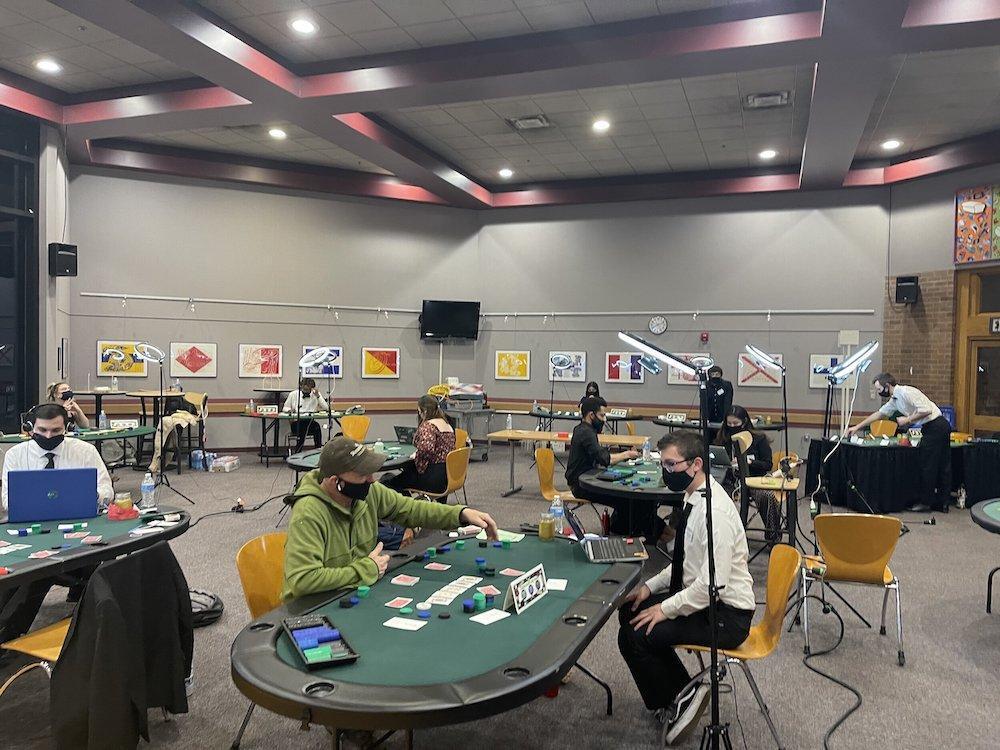After my sisters convinced me to watch the first season of “Demon Slayer,” I happily attended a showing of the film at a local movie theatre. The show set my expectations high for the movie, but I approached it with skepticism. Historically, movies based on anime series are mediocre at best and disastrous at worst. To my relief and utter amazement, the movie defied even my wildest hopes and dreams.
Both the show and movie are based on the manga “Demon Slayer: Kimetsu no Yaiba” by the elusive Koyoharu Gotouge. The manga started in February 2016, and the last chapter was released in May 2020. Produced by the animation studio Aniplex, the “Demon Slayer” TV show aired on Netflix and other platforms in 2019.
On Oct. 16, 2020, “Demon Slayer: Mugen Train” was released in Japan. The film grossed $313 million in ticket sales by December, beating out a 19-year record held by Studio Ghibli’s 2001 film “Spirited Away.” The movie grossed $34.1 million in the U.S. and Canada after showing in a mere 1,915 North American venues.
Although the first season of the TV show provides helpful context, “Demon Slayer: Mugen Train” can serve as a stand-alone film.
The TV version of “Demon Slayer” is set in a fictional realm within Taisho-era Japan, in which man-eating demons ravage humanity. Upon returning home from his job, 13-year-old Tanjiro Kamado finds his family brutally murdered, except his sister Nezuko Kamado—who has turned into a demon. The series follows Tanjiro’s quest to join a secret organization known as the Demon Slayer Corps to avenge his family and cure Nezuko. As the show progresses, Tanjiro makes both allies and enemies.
“Demon Slayer: Mugen Train” is a continuation of Tanjiro’s story combined with an integral story arc from the manga series. By request of the Demon Slayer Corps, Tanjiro boards Mugen Train with his closest confidantes Zenitsu and Inosuke, as well as a high-ranking Demon Slayer named Rengoku, to exterminate the demon terrorizing the train’s passengers.
Right at its onset, the viewer is drawn into the film by its semi-realistic animation style and light humor. Inosuke’s declarations of war against the train, Zenitsu’s constant cowardice and Tanjiro’s desperate attempt to manage his friends make for a good laugh. However, the combination of suspenseful music, stilting sound effects and muted color palette adds a palpable layer of tension—even to the most light-hearted interactions.
The suspense builds into fast-paced, well-executed and vibrant action sequences. Blue, red and orange streaks are sent dancing across the screen by the supernatural powers of different characters. The animation is both this film’s greatest strength and greatest weakness. In some action sequences, the incorporation of CGI with 2D animation was unimpressive and glaringly obvious.
However, the film makes up for its lacking parts through compelling storytelling and poignancy. At the movie’s resolution, a heart-wrenching plot twist occurs which flaunts animation and delves into the backstory of a key character. As the plight of this character is revealed, the audience empathizes with him and mourns with his friends. In sum, it is a heavy story about loss and sacrifice told through a visually engaging medium. 9.5/10 pinecones.
“Demon Slayer: Mugen Train” is premiering in theatres across North America. You can view it in English (dubbed version) or in Japanese (subbed version). Buy tickets here.

















